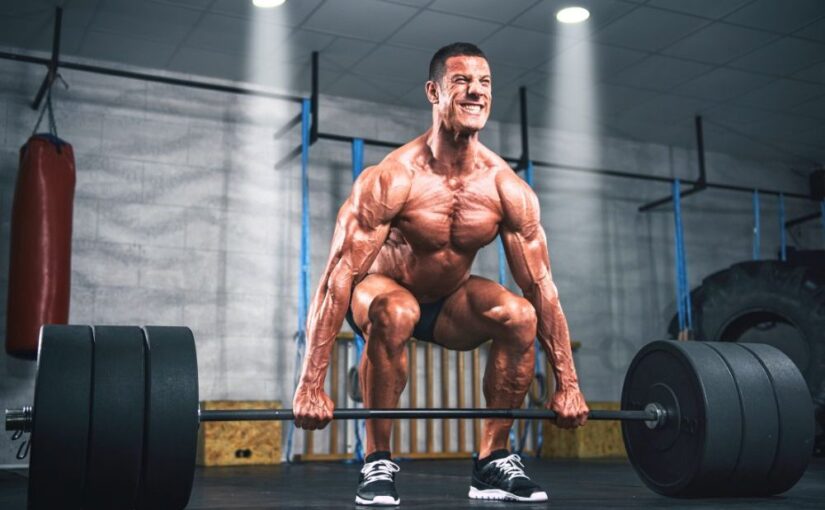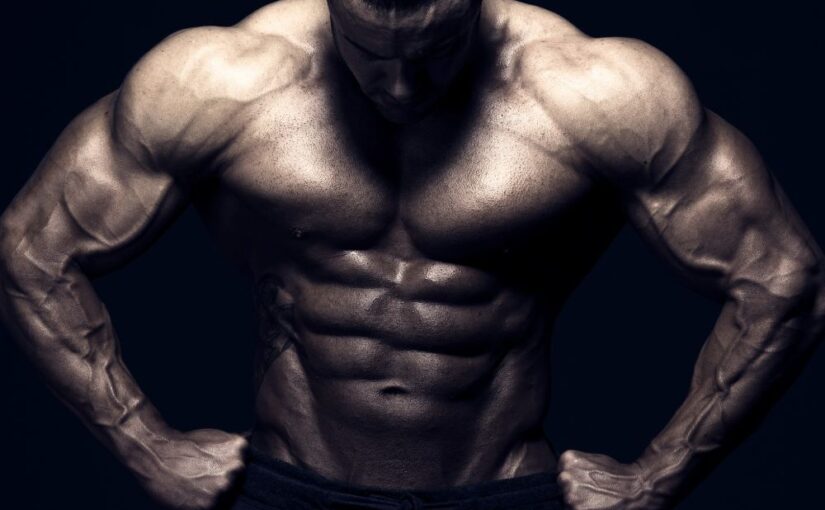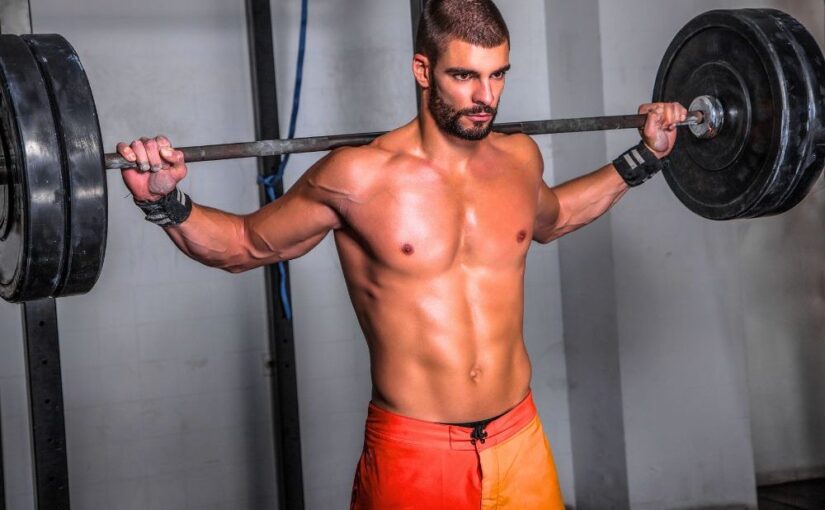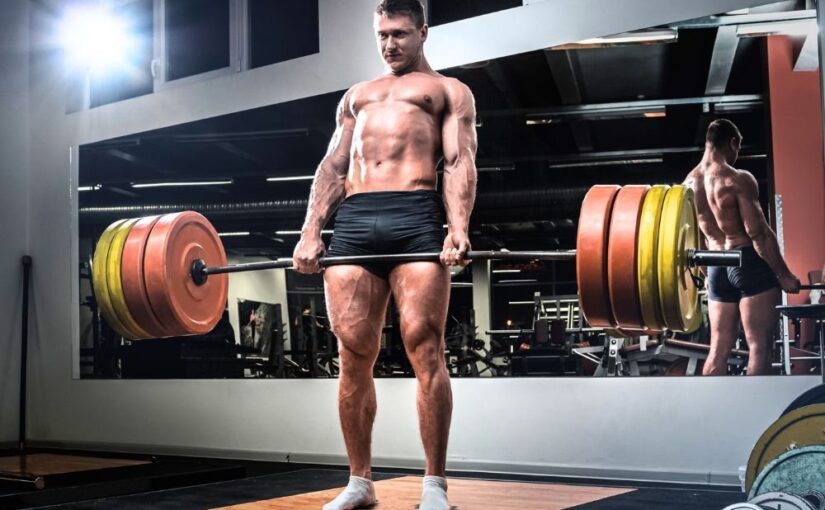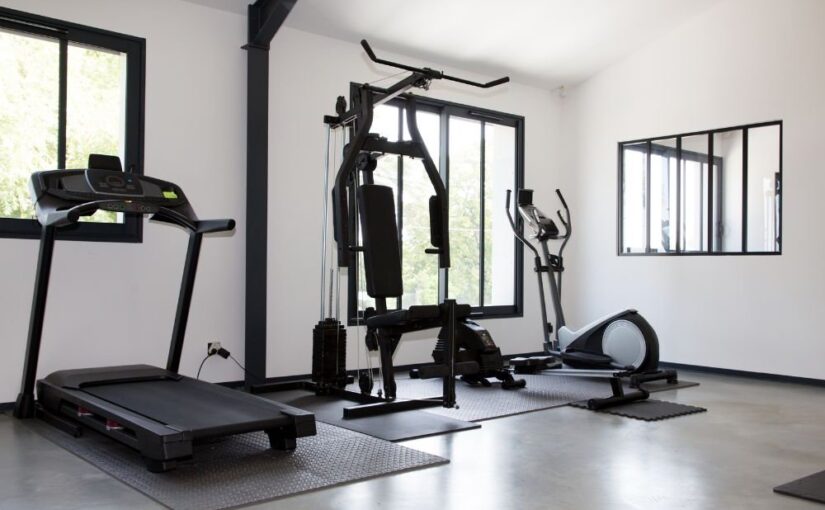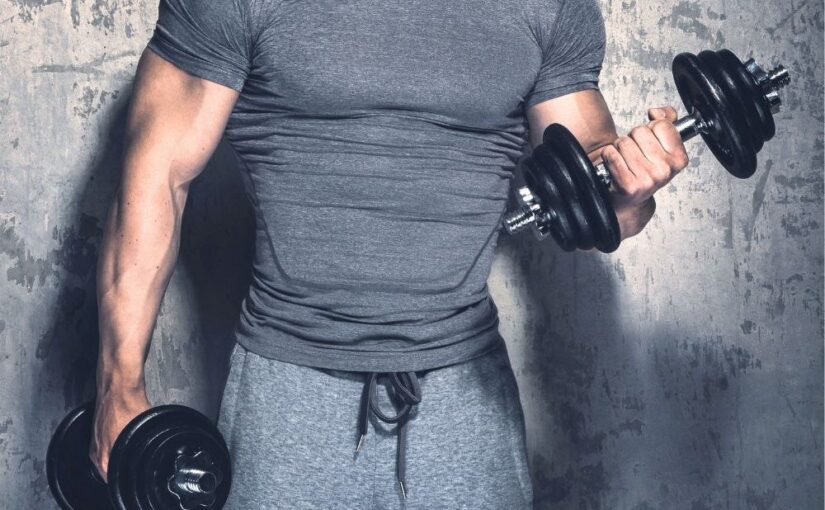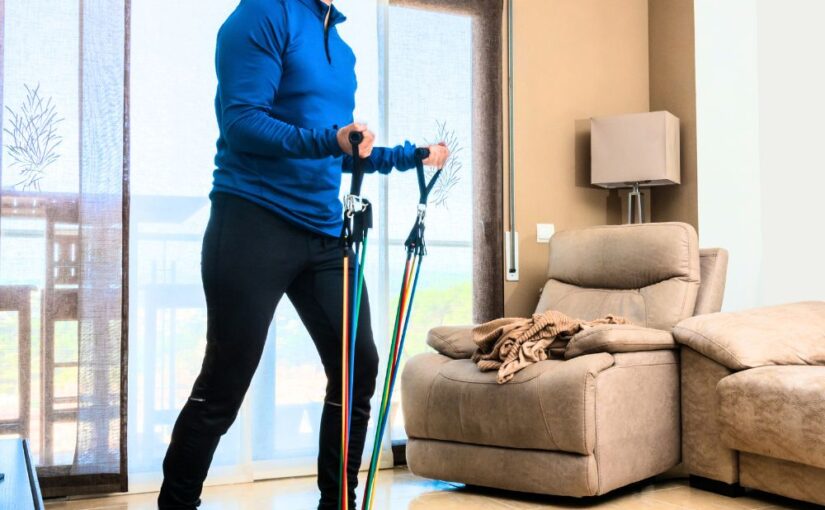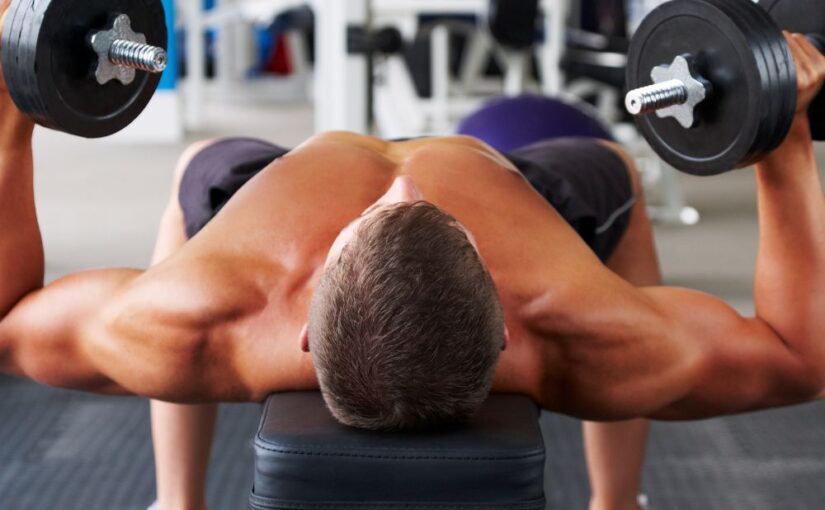The debate between home workouts and gym sessions has been a hot topic for fitness enthusiasts. With the rise of online fitness programs and accessible workout equipment, many are wondering about the effectiveness of home workouts compared to traditional gym routines. Are they just as efficient, or do they fall short? Let’s explore the benefits and limitations of each to help you determine what might work best for your fitness journey.
How Effective Are Home Workouts Compared to the Gym? Understanding the Effectiveness of Home Workouts
The effectiveness of home workouts can vary greatly compared to gym-based routines, depending on personal fitness goals and preferences. Let’s explore the key benefits and challenges of home-based fitness routines compared to the gym.
1. Convenience and Flexibility
One of the most significant advantages of working out at home is convenience. You can choose your workout times without worrying about gym hours, travel time, or crowding. This flexibility often leads to increased consistency, which is crucial for fitness success.
2. Cost-Effectiveness
Home workouts can cost substantially less than gym memberships. You can utilize free online resources, purchase minimal equipment, or even use bodyweight exercises. This makes fitness more accessible for many people.
3. Privacy and Comfort
For those who feel self-conscious in a gym environment, home workouts offer privacy. You can exercise without the pressure of others watching, allowing you to focus entirely on your routine and personal goals.
4. Customizable Workouts
At home, you have the freedom to design your own workout schedule and routines. You can experiment with different styles—yoga, strength training, HIIT—without the constraints of a gym class schedule. This level of personalization can positively impact the effectiveness of home workouts, especially for people who prefer a more intuitive approach to fitness.
What Factors Influence the Effectiveness of Home Workouts? Key Considerations for Maximizing Home Workout Effectiveness
Several factors determine the effectiveness of home workouts, including environment, equipment, and motivation. Let’s dive deeper into these factors and how they shape your fitness experience.
1. Limited Equipment
While many effective workouts can be done with minimal equipment, serious strength training may require weights or machines that are typically available at a gym. This limitation can hinder progression for those looking to build significant muscle mass.
2. Distractions
Home environments can be full of distractions, from household chores to family members. It can be challenging to maintain focus and motivation compared to the dedicated atmosphere of a gym.
3. Lack of Social Interaction
For many, the gym provides a sense of community and motivation through social interaction. Working out alone at home might lead to feelings of isolation for some individuals.
4. Less Professional Guidance
While online workouts can be effective, they may not offer the same level of personalized instruction as in-person training. Beginners might struggle without proper form correction or encouragement from a trainer.
How to Improve the Effectiveness of Home Workouts
Want to make the most out of your home workouts? Here are some tips to help you enhance the results you get from working out at home.
1. Set a Routine for Maximum Home Workout Effectiveness
One of the most important aspects of effective home workouts is consistency. Set a schedule and stick to it. Just like going to a gym, make your workouts a priority in your daily routine.
2. Invest in Basic Equipment to Boost Home Workout Effectiveness
While it’s possible to work out with just your body weight, having a few pieces of equipment, like dumbbells or resistance bands, can increase the effectiveness of home workouts by targeting specific muscle groups more effectively.
3. Find Online Classes or Apps to Enhance Home Workout Effectiveness
Taking online fitness classes or using workout apps can help you stay motivated and provide structure to your home workouts. These programs can often mimic the variety of classes you’d find at a gym, making your home workouts more engaging and challenging.
4. Track Your Progress for Greater Effectiveness in Home Workouts
Tracking your progress is essential for staying motivated. Whether it’s recording the number of reps, sets, or how much weight you’re lifting, tracking can help you measure improvement and maintain focus.
How the Effectiveness of Home Workouts Compares to the Gym
This section explores the key differences between the effectiveness of home workouts and gym workouts, breaking down what makes each approach unique.
1. Access to Equipment: A Key Factor in Home Workout Effectiveness
Gyms offer a wide range of equipment, from free weights to machines and cardio machines. This variety allows for a more diverse workout routine and the opportunity to target specific muscle groups effectively.
2. Structured Environment and Its Impact on Home Workout Effectiveness
The gym setting is designed for exercise, which can help enhance focus and motivation. Being surrounded by others who are also working out can inspire you to push harder.
3. Professional Guidance and Its Impact on Home Workout Effectiveness
Many gyms have trainers available to provide personalized coaching, helping you learn proper form and develop tailored workout plans. This guidance can be especially beneficial for beginners or those with specific goals.
4. Group Classes and Programs: A Factor in Home Workout Effectiveness
Gyms often offer a variety of classes, from spin to yoga, that can make workouts more engaging and fun. These classes can also promote a sense of community and support.
Is the Gym More Effective for Building Muscle Than Home Workouts?
Building muscle is a common fitness goal. In this section, we’ll examine whether gym workouts are more effective than home workouts for building muscle mass.
1. Access to Weights and Machines to Enhance Workout Effectiveness
Gyms offer a wider variety of equipment, including weight machines and free weights, that help target specific muscle groups effectively. Home workouts may require creative solutions or minimal equipment for building muscle.
2. Resistance Training and Its Role in Home Workout Effectiveness
While gym-goers have easy access to heavy weights, home workouts can still be effective with resistance bands, bodyweight exercises, and dumbbells. However, progression might be slower without the variety of equipment available in a gym.
Can Home Workouts Be Just as Effective for Weight Loss?
Losing weight is a major fitness goal for many individuals. Let’s compare the effectiveness of home workouts vs. gym workouts for weight loss.
1. Cardio and Weight Loss: Maximizing Home Workout Effectiveness
Both gyms and home workouts can incorporate cardio exercises, which are vital for weight loss. Activities like running, cycling, and HIIT workouts are just as effective at home with minimal equipment.
2. Consistency and Intensity: Key to the Effectiveness of Home Workouts for Weight Loss
The most important factor in weight loss is consistency. Home workouts allow you to stick to a routine that suits your lifestyle, while gyms offer more equipment to increase intensity, such as spin bikes, treadmills, or rowing machines.
How to Overcome Common Challenges in Home Workouts
The effectiveness of home workouts can be hindered by distractions, lack of motivation, or insufficient space. Here’s how to overcome these common hurdles and make your home fitness routine more effective.
1. Creating a Dedicated Space to Improve the Effectiveness of Home Workouts
Setting up a designated space for your home workouts can help you reduce distractions and create a consistent environment for exercise. This is crucial for maximizing your workout effectiveness.
2. Building a Workout Routine that Stays Engaging to Boost Home Workout Effectiveness
Variety is key to maintaining motivation. By mixing different workout styles, such as strength training, yoga, or HIIT, you can keep your home workouts engaging and challenging.
What Are the Limitations of Gym Workouts Compared to Home Workouts?
Even though gyms provide many advantages, they come with limitations that may affect their overall effectiveness in helping you meet your goals.
1. Time Commitment: A Limitation of Gym Workouts Compared to Home Workouts
Traveling to and from the gym can add time to your workout routine. For those with busy schedules, this may be a significant drawback.
2. Cost: Comparing the Effectiveness of Gym Workouts vs. Home Workouts
Gym memberships can be expensive, and some people may not find them worth the investment, especially if they don’t utilize the facility regularly.
3. Crowds: Impact on the Effectiveness of Gym Workouts
During peak hours, gyms can become crowded, making it difficult to access equipment or find a space to work out.
Conclusion: Maximizing the Effectiveness of Home Workouts vs. Gym Workouts
Both home workouts and gym sessions have their unique advantages and disadvantages. The effectiveness of home workouts ultimately depends on individual preferences, fitness goals, and lifestyle.
If you value convenience, privacy, and flexibility, home workouts can be highly effective, especially with the right structure and motivation. Conversely, if you thrive in a social environment and benefit from diverse equipment and professional guidance, a gym might be more suitable.
Ultimately, the best workout routine is the one that fits seamlessly into your life and keeps you motivated to stay active. Whether at home or in the gym, consistency and effort are key to achieving your fitness goals.
Frequently Asked Questions (FAQ)
Are Home Workouts as Effective as Going to the Gym? Yes, home workouts can be just as effective—depending on your goals, consistency, and access to basic equipment. While gyms offer more variety, many people build strength, lose weight, and improve endurance using bodyweight exercises and minimal gear at home.
Can I Build Muscle With Home Workouts? Absolutely. Resistance bands, dumbbells, and bodyweight movements like push-ups, squats, and pull-ups can all promote muscle growth. Progression may be slower without heavy gym equipment, but with the right plan and effort, muscle gain is possible at home.
Are Home Workouts or Gym Sessions More Effective for Weight Loss? Both can work equally well for weight loss. The key is consistency, calorie burn, and creating a routine that fits your lifestyle. At home, HIIT, cardio, and circuit training can be highly effective, especially when paired with a healthy diet.
What Equipment Do I Need for Effective Home Workouts? You can start with basic equipment such as adjustable dumbbells, resistance bands, a yoga mat, and a pull-up bar. These offer versatility and support strength, mobility, and full-body workouts without taking up much space.
How Do I Stay Motivated to Work Out at Home? Create a dedicated workout space, set a weekly schedule, track your progress, and consider using apps or online classes. Changing up your routine regularly also helps keep things fresh and engaging.
Essential Equipment to Improve the Effectiveness of Home Workouts
A few versatile pieces of equipment can significantly enhance your at-home fitness routine. Below are four effective and space-friendly items for a home gym setup:
Adjustable Dumbbells
Versatile and compact, adjustable dumbbells support progressive strength training without requiring multiple sets of weights.
View adjustable dumbbells on Amazon
Resistance Bands Set
Resistance bands are ideal for strength training, mobility work, and stretching. They’re lightweight, portable, and adaptable to all fitness levels.
View resistance bands on Amazon
Yoga or Exercise Mat
A quality mat provides support and cushioning for yoga, stretching, bodyweight workouts, and floor exercises.
View exercise mats on Amazon
Doorway Pull-Up Bar
A simple but effective accessory for upper body workouts, including pull-ups, chin-ups, and core exercises. Fits most standard door frames.
View pull-up bars on Amazon
Affiliate Disclaimer
This section contains affiliate links. As an Amazon Associate, I may earn a commission from qualifying purchases, at no additional cost to you.

